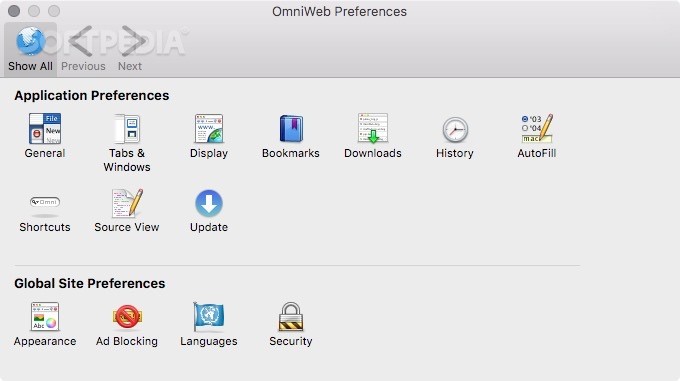

Open Access article, published by EDP Sciences, under the terms of the Creative Commons Attribution License ( ), which permits unrestricted use, distribution, and reproduction in any medium, provided the original work is properly cited. This technique will also be useful for the interpretation of energetic particle observations by BepiColombo. By considering the values of the fluctuation levels of the interplanetary magnetic field recorded by MAG-MESSENGER two days before the event and the values of the fluctuation levels of the interplanetary magnetic field on the day on which the event was observed, we are also able to appreciate the effects on the solar wind magnetic field perturbations induced by the shock of the coronal mass ejection. The footpoint of the Parker spiral passing Mercury was reconstructed for all of the selected events. By considering the relative position of Mercury and the Earth on the day on which the enhancement in the proton fluxes was observed by MESSENGER, we obtained the position of the active regions on the solar surface as seen by Mercury. For each selected case, we took the background magnetic field map (magnetogram) at the source surface of the solar wind ( r = 2.5 R ⊙) into account. We selected seven case studies for which an increase in the proton fluxes of at least two orders of magnitude with respect to the background level was observed. The simulation was tailored to each specific event by using the magnetic fluctuation levels obtained at Mercury by MESSENGER and the values of the solar wind velocity measured at 1 AU by the Advanced Composition Explorer satellite.
OMNIWEB DATA CODE
The transport of the magnetic field lines in the heliosphere was evaluated with a Monte Carlo code that gives a random displacement at each step of the integration along the Parker magnetic field model. We study the magnetic connection between Mercury and the solar corona based on energetic proton events measured near Mercury by MESSENGER during 2011−2013 in order to identify the possible source of the accelerated particles on the solar surface. INAF-IAPS, Via del Fosso del Cavaliere, Rome, ItalyĪims. INGV, Via di Vigna Murata 605, 00133 Rome, ItalyĮ-mail: di Fisica, Università della Calabria, Arcavacata di Rende, CS, Italy Orsini 4ĪSI – Italian Space Agency, Via del Politecnico snc, 00133 Rome, Italy Astronomical objects: linking to databasesĪ.Including author names using non-Roman alphabets.Suggested resources for more tips on language editing in the sciences Punctuation and style concerns regarding equations, figures, tables, and footnotes

If you have any problems using the SSL Checker to verify your SSL certificate installation, please contact us. Openssl s_client -connect For a more detailed report of the SSL security of your server (including revocation, cipher, and protocol information), check your site using SSL Labs' SSL Server Test. You can check SSL installations on internal names by downloading OpenSSL and running this OpenSSL command: SSL Checker entries may be cached up to a day after repeated checking to conserve server resources.


 0 kommentar(er)
0 kommentar(er)
